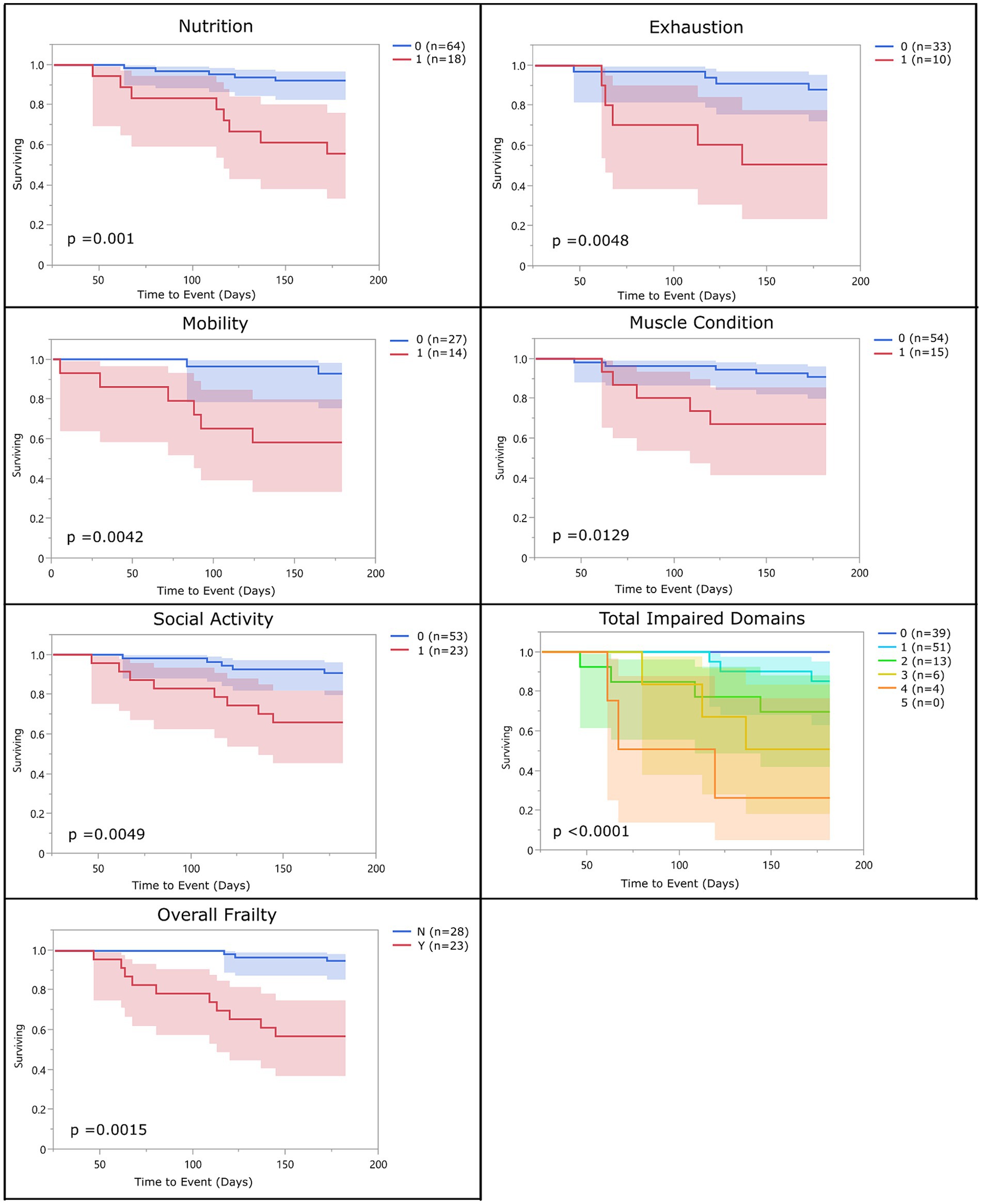2024-09-30 ノースカロライナ州立大学(NCState)
<関連情報>
- https://news.ncsu.edu/2024/09/new-tool-can-assess-elderly-dogs-frailty/
- https://www.frontiersin.org/journals/veterinary-science/articles/10.3389/fvets.2024.1335463/full
臨床応用可能な高齢犬の虚弱表現型スクリーニングツールを確立
Establishing a clinically applicable frailty phenotype screening tool for aging dogs
Katharine J. Russell,Alejandra Mondino,Gilad Fefer,Emily Griffith,Korinn Saker,Margaret E. Gruen,Natasha J. Olby
Frontiers in Veterinary Science Published:25 September 2024
DOI:https://doi.org/10.3389/fvets.2024.1335463

Introduction: Frailty is a well-defined clinical syndrome in humans caused by accumulation of impairments which result in loss of reserve capacity and increased vulnerability to disability, dependence, and death. Dogs are of particular interest in studies of frailty due to the similarities they share with people in their environment, lifestyles, and age-related diseases.
Materials and methods: The aim of this study was to develop a frailty phenotype screening tool, based on previously validated measures in dogs, which could be easily applied in the clinical setting, and which was predictive of all-cause, short term (6-month) mortality. The study was conducted in two phases. In phase 1, a retrospective cohort of 51 dogs was used to identify and evaluate potential measures for the five domains of frailty. This information was then used to develop a simple frailty phenotype based on examination findings and owner directed questions. In phase 2 of the study, this phenotype was evaluated in a prospective cohort of 198 dogs aged 9 years or older from multiple different specialty and primary care services to determine how the phenotype performed across a diverse canine population.
Results: The developed frailty phenotype was predictive of all-cause, short-term mortality independent of age, sex, or weight (hazard ratio = 4.71; 95% CI, 2.66–8.8). Of the covariates evaluated only breed was significant, with purebred dogs having 1.85 times higher mortality than mixed breed dogs (95% CI, 1.04–3.31). The frailty phenotype performed similarly across all hospital services from which patients were enrolled.
Conclusion: Based on these findings, the defined frailty phenotype represents a valuable screening tool for early risk identification and intervention, and can aid in clinical decision making for owners and veterinarians. Additionally, it will promote further research into the understanding and treatment of frailty in dogs.

